Jewelry has always been an important part of human culture, not just as decoration but also carrying deep historical and emotional significance. From ancient times to today, there have been many different materials used to make jewelry, including metals like gold, silver, copper, stainless steel, as well as natural materials like gemstones and pearls. Each material has unique qualities that give jewelry a special charm, but they also have their pros and cons. In this article, we will explore the advantages and disadvantages of several common jewelry materials to help both consumers and designers make better choices.
Gold

Advantages:
Luxury and Value: Gold has long been a symbol of wealth and power due to its rarity and high value. It is widely used in high-end jewelry and is also a good investment.
Highly Stable: Gold is resistant to corrosion and rust, which means it keeps its shine and appearance for a long time.
Very Malleable: Gold is easy to shape and work with, making it perfect for crafting intricate designs and detailed jewelry.
Disadvantages:
Soft and Easily Scratched: Pure gold (24K) is soft and can easily get scratched or deformed, so it is often mixed with other metals (like in 18K gold) to improve its hardness.
Expensive: Due to its rarity and market value, gold jewelry is expensive and may not be affordable for everyday wear.
2. Silver
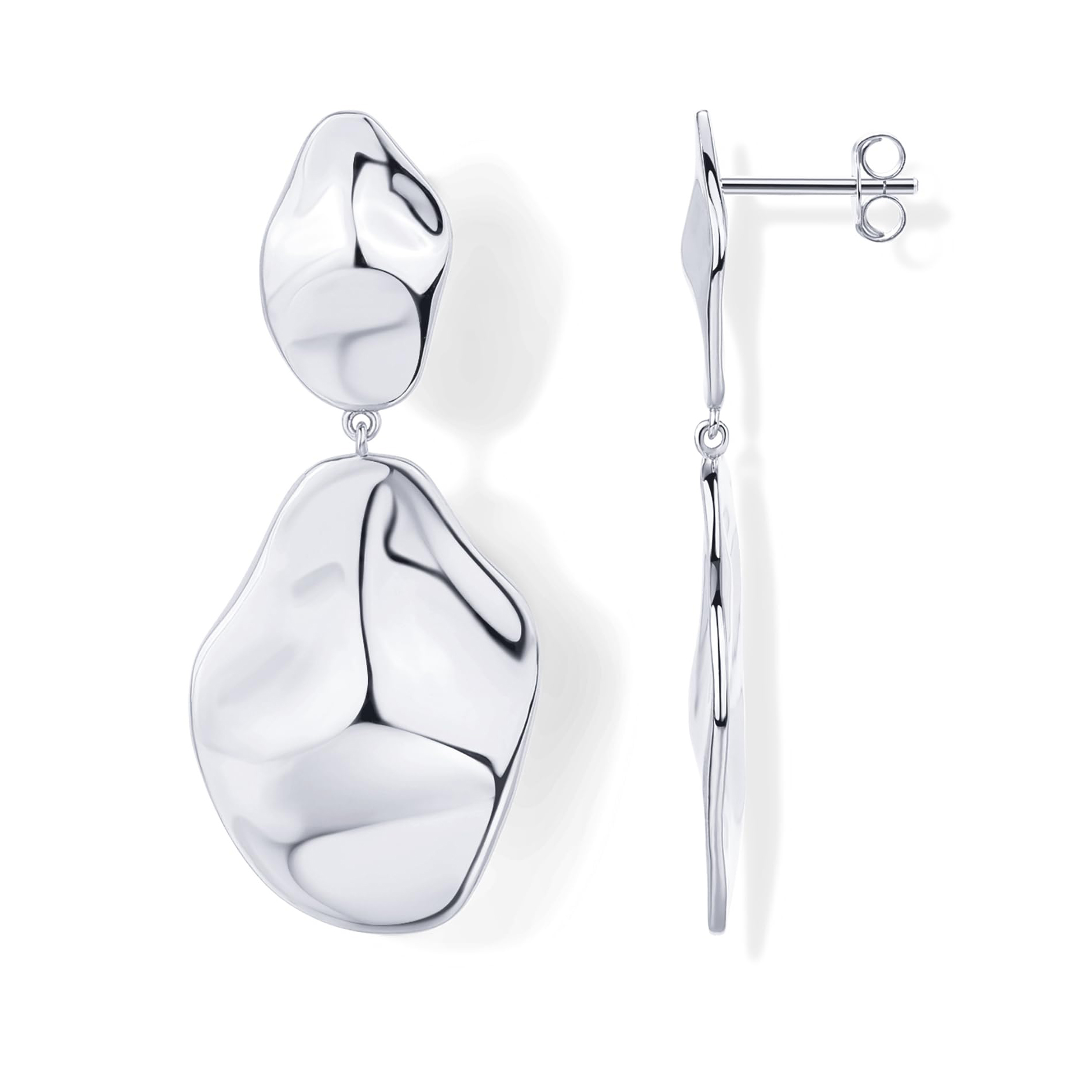
Advantages:
Affordable: Silver is much cheaper than gold, making it a popular choice for everyday and fashionable jewelry.
Bright and Shiny: Silver has a natural shine and is often chosen for its stylish and elegant look.
Antibacterial: Silver has natural antibacterial properties, which makes it a good material for jewelry worn close to the skin.
Disadvantages:
Tarnishes Easily: Silver reacts with sulfur in the air and can turn black over time, requiring regular cleaning and maintenance.
Medium Hardness: Although harder than gold, silver is still prone to scratches and bending, especially with frequent use.
3. Copper
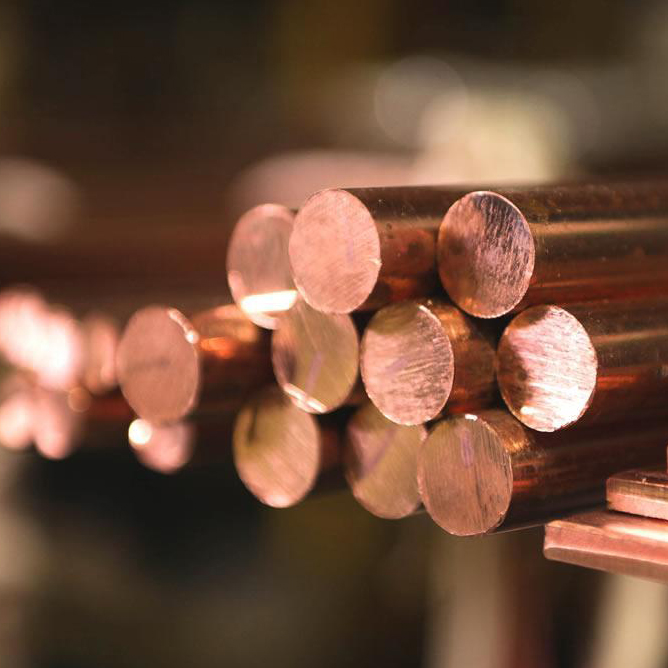
Advantages:
Very Affordable: Copper is a common and inexpensive metal, making it ideal for mass production and for customers on a budget.
Easy to Work With: Copper is easy to shape and mold, often used in vintage-style and handcrafted jewelry due to its versatility.
Disadvantages:
Oxidizes Quickly: Copper reacts easily with air and moisture, turning green (copper rust), which affects its appearance.
May Cause Allergies: Some people are allergic to copper, and wearing copper jewelry for long periods can cause skin irritation like redness or itching.
4. Stainless Steel
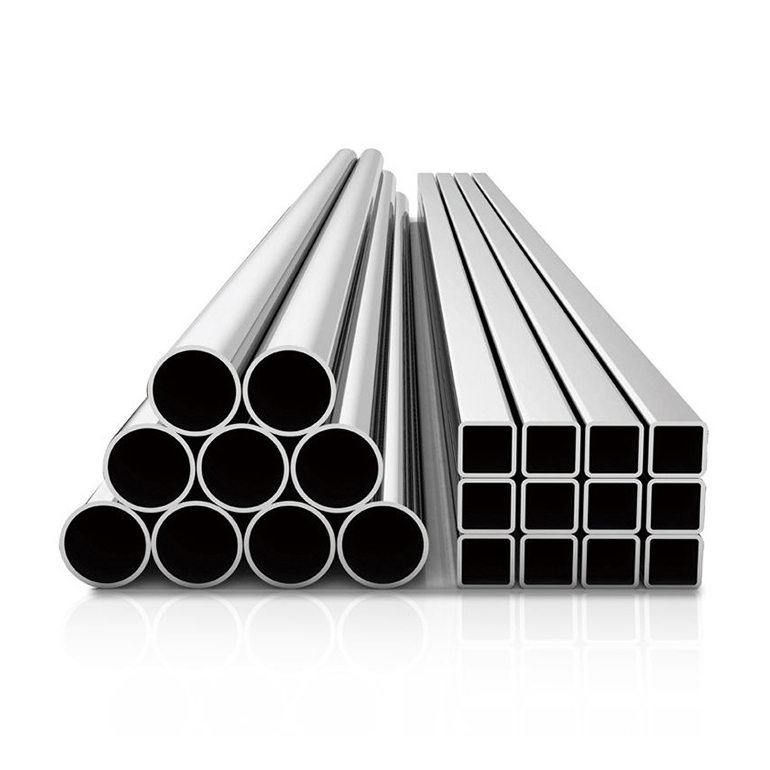
Advantages:
Highly Resistant to Corrosion: Stainless steel is highly resistant to rust and corrosion, making it perfect for modern jewelry, especially trendy or men’s jewelry.
Very Durable: Stainless steel is strong and hard to scratch or deform, making it suitable for everyday wear, especially rings and bracelets.
Affordable: Stainless steel jewelry is generally quite affordable, offering great value for its price.
Disadvantages:
Heavy: Stainless steel is denser than other metals like gold or silver, making jewelry made from it heavier, which might not be ideal for delicate or large pieces.
Cold Appearance: Stainless steel has a cooler, harder look, lacking the warmth and luxury feel of gold or silver, which may not appeal to everyone.
5. Platinum
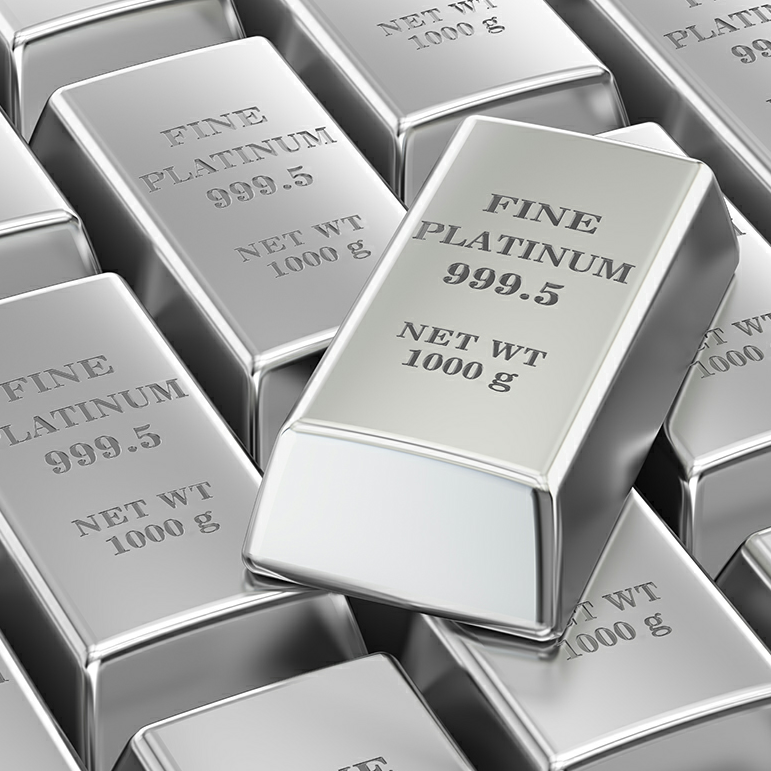
Advantages:
Rare and Prestigious: Platinum is even rarer than gold and symbolizes purity and long-lasting love, often used in wedding rings and high-end jewelry.
Hypoallergenic: Platinum is naturally hypoallergenic, making it a great choice for people with sensitive skin.
Very Durable: Platinum is tougher than both gold and silver, making it resistant to scratches and deforming, keeping its shine for a long time.
Disadvantages:
Very Expensive: Due to its rarity and the difficulty in processing it, platinum jewelry is extremely expensive, making it less accessible to most consumers.
Heavy: Platinum is denser than gold, meaning the jewelry is heavier, which may cause discomfort when worn for long periods.
6. Pearls
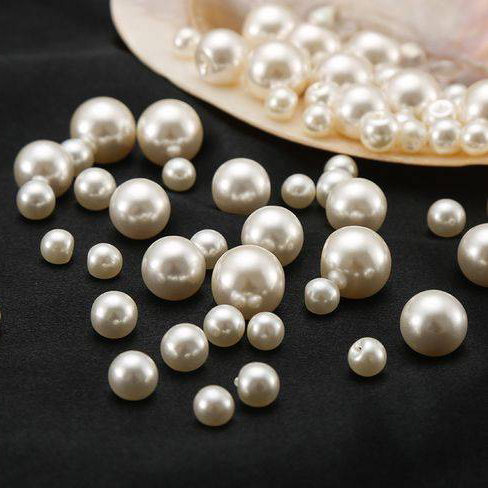
Advantages:
Unique Natural Shine: Pearls have a soft, natural glow that gives them an elegant and timeless appeal, often used in delicate earrings and necklaces.
Soft and Elegant: Pearls have a unique soft texture, offering a warm contrast to the hardness of metals and gemstones, adding grace to any outfit.
Disadvantages:
Easily Damaged: Pearls are delicate and can easily get scratched or broken, so they are not ideal for frequent wear or during physical activities.
Require Special Care: Pearls are sensitive to chemicals and humidity, so they must be carefully maintained and cleaned regularly to avoid losing their shine.
7. Synthetic Gemstones

Advantages:
Affordable: Synthetic gemstones are much cheaper to produce than natural ones, making them a budget-friendly choice for fashion-conscious consumers.
Variety of Colors and Styles: Artificial gems can be made in almost any color or style, offering endless design possibilities to meet market demand.
Disadvantages:
Less Luster Than Natural Gems: Although synthetic gemstones can look beautiful, their shine and brilliance are often less than that of natural gemstones, especially after long-term use.
No Investment Value: Synthetic gems lack the rarity of natural stones, making them worthless in terms of resale or investment.
Conclusion
Each material used in jewelry has its own strengths and weaknesses. When choosing jewelry, consumers should not only focus on appearance and price but also consider factors like comfort, durability, and possible allergic reactions. Designers should also be familiar with these properties to create pieces that balance beauty with practicality. Hopefully, this article helps you better understand the advantages and disadvantages of different jewelry materials so you can make informed decisions when buying or designing.

